"Will ye not come home, brother? ye have been long away,
It's April, and blossom time, and white is the may;
And bright is the sun, brother, and warm is the rain,--
Will ye not come home, brother, home to us again?
Winter Solstice Sun
After living through some of the longest Covid-19 border restrictions in the world, I’ve slowly come to appreciate that love means my home address is written on opposite shores of the same ocean.
There is a symmetry to living between two homes in different hemispheres. There is a symmetry in feeling like I am in two places at once. Perhaps it will take longer than I thought, much longer, to wear this equilibrium with grace and patience.
Earlier this year, I wrote a poem called A Pandemic Does Not Split the Sea about how much I was missing my twin sister who lives in the UK. I wrote to try and find balance in what felt like the unbalance of being apart; my dawn is her dusk, my winter solstice (midwinter) is her summer solstice (midsummer), and my shortest day is her longest day.
We grew up attending a small village primary school bordering a neolithic stone circle. The academic year was marked by the rhythms of the land with festivals and celebrations. We would carry the ‘first fruits’ of the harvest into the church as winter approached in October, and we would walk through the forests sprouting with bluebells on May Day. Although it was an Anglican school, we were influenced by the celebrations happening beyond the playground, especially The Wheel of The Year events, observed by contemporary pagans, marking solar events like solstices and equinoxes and the midpoints between them. The sound of the beating drums was too loud to ignore during our morning quick-math’s sessions and the colours of the silk flags laid across the hills was too enchanting to overlook. The sun’s changing rhythms were like a familiar and faithful friend returning to us time and time again.
It was fascinating to watch the ways that people marked their time under the sun. I liked seeing that God gives His best - the sun to warm and the rain to nourish - to everyone, regardless: the wanderers, the believers, the seekers. All of us.
On Winter Solstice this year in the Southern Hemisphere, on 21st June, I jotted down some notes as a poem. I asked my sister to collaborate with me, to mark this crossing over, this overlap, this homecoming in words. I was going home at long, long last.
My poem for Winter Solstice (Southern Hemisphere)
Your longest day
is my shortest
day
I’m on my way
with
half of harvest
left in the fields.
We are shadows
halved
and darkness shared
and sunlight bending on the ocean.
The light
of the shore
is what the Celtic Druids called
the summer solstice.
Feel this brightness—
this sea between us?
A poem,
a word
even,
is a voyage. Dry Stone Walls
James Rebanks in The Shepherd’s Life remembers his grandfather teaching him the skill of mending and building dry stone walls in the Lake District - an ancient way of building boundaries across farms and fields while also clearing the land of stones. He recalls the moment a group of tourists stopped their car near their farm one day to take photographs. He writes, “I wonder whether any of them see the wall my grandfather built, or care that it stands, or wonder who built it.”
Built rock by rock and hand by hand, using no mortar or cement, dry stone walls stand the test of time. Each stone chosen or cut for its size and shape and weight; and is built across weeks, months and years. Over the past few weeks, my eyes have followed dry stone walls across Devon, Southwest Cork, Ireland and the Lake District.
Devoted, masterful and knowing hands, have built these walls. Unlike so much of the infrastructure of our age, they can’t be built in a moment and they can’t be built by a machine.
Dating back to the neolithic period, dry stone walls are often covered in lichen and moss which grow at the rate of 1mm per year in undisturbed places. Mountains grow and shift faster than that, at a rate of a few millimeters per year. Most lichens are sensitive to air pollution, meaning that they grow in abundance where the air is clean and pure.
Lasting are these monuments. Steadfast are these stones. Modest are these masterpieces.
Scriptures remind us that we are the living stones being built into a house, together, each of us making up a vital part.
Lasting. Steadfast. Modest. Ordinary. Safe. God’s presence has spanned the landscape of my life like the dry-stone walls.
Home, too, is all of this, and yet I know sometimes it can only be built rock by rock. Sometimes it only blooms as slowly as the lichen.
Sea Glass.
I search for sea glass droplets on a strand I know well. Mottled browns, rich blues and pale greens shimmer on my palm.
My body has changed, my mind is tired and my shoulders ache. My toes sink deeply into the shingle and I feel as if I never want to move them— can’t move them. I am here. Here is longed for. Here is enough. I have landed on these shores softer in some ways, maybe harder in others.
It can sometimes take years - a lifetime - for a piece of broken glass, in constant motion, to become sea glass.
Henri Nouwen writes about home being the place where he hears the “never-interrupted voice of love speaking from eternity and giving life and love wherever it is heard.”
I learn an Irish word, stranach (Stron-ekh), meaning the whistling or murmuring of the sea in a cove when the water rushes in and is then pulled out again. There is a tune to this churning and change.
The sea-glass tells a story of something broken, discarded and lost becoming safe and soft, over time.
These pieces could have travelled for miles, softened by a tune you’d only notice, maybe, if you knew its name.
A Telescope’s View
On Tuesday July 12th, we saw spectacular full colour images released from NASA’s James Webb Telescope. Webb can cut through cosmic dust, letting astronomers see further into the past than ever before. The images left me catching my breath for their beauty
.
Yet, we have still only seen a fraction of the visible. My gaze, unaided, cannot stretch to the depths or the heights. Is it supposed to? Am I content to live with mystery?
The Psalmist sung with all his heart about God’s steadfast love exceeding even the visible boundaries of the universe.
A friend sent me Carl Sagan’s words on the photo of Pale Blue Dot, a photo of the earth taken by The Voyager Space probe in 1990—the year I was born. The photo was taken from around 6 billion kilometers (3.7 billion miles) as it was leaving our solar system
This is what Carl Sagan said about the photo:
“Look again at that dot. That's here. That's home. That's us…[everyone] in the history of our species lived there-on a mote of dust suspended in a sunbeam…There is perhaps no better demonstration of the folly of human conceits than this distant image of our tiny world. To me, it underscores our responsibility to deal more kindly with one another, and to preserve and cherish the pale blue dot, the only home we've ever known.”
My Sister’s Poem for Summer Solstice (Northern Hemisphere)
We are sun-kissed weeks,
the longest day of heat.
I am moving to you too
Two.
Halved into seasons,
as far as winter
is from the summer,
on our way to each other.
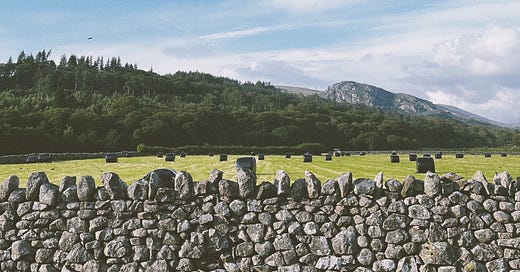


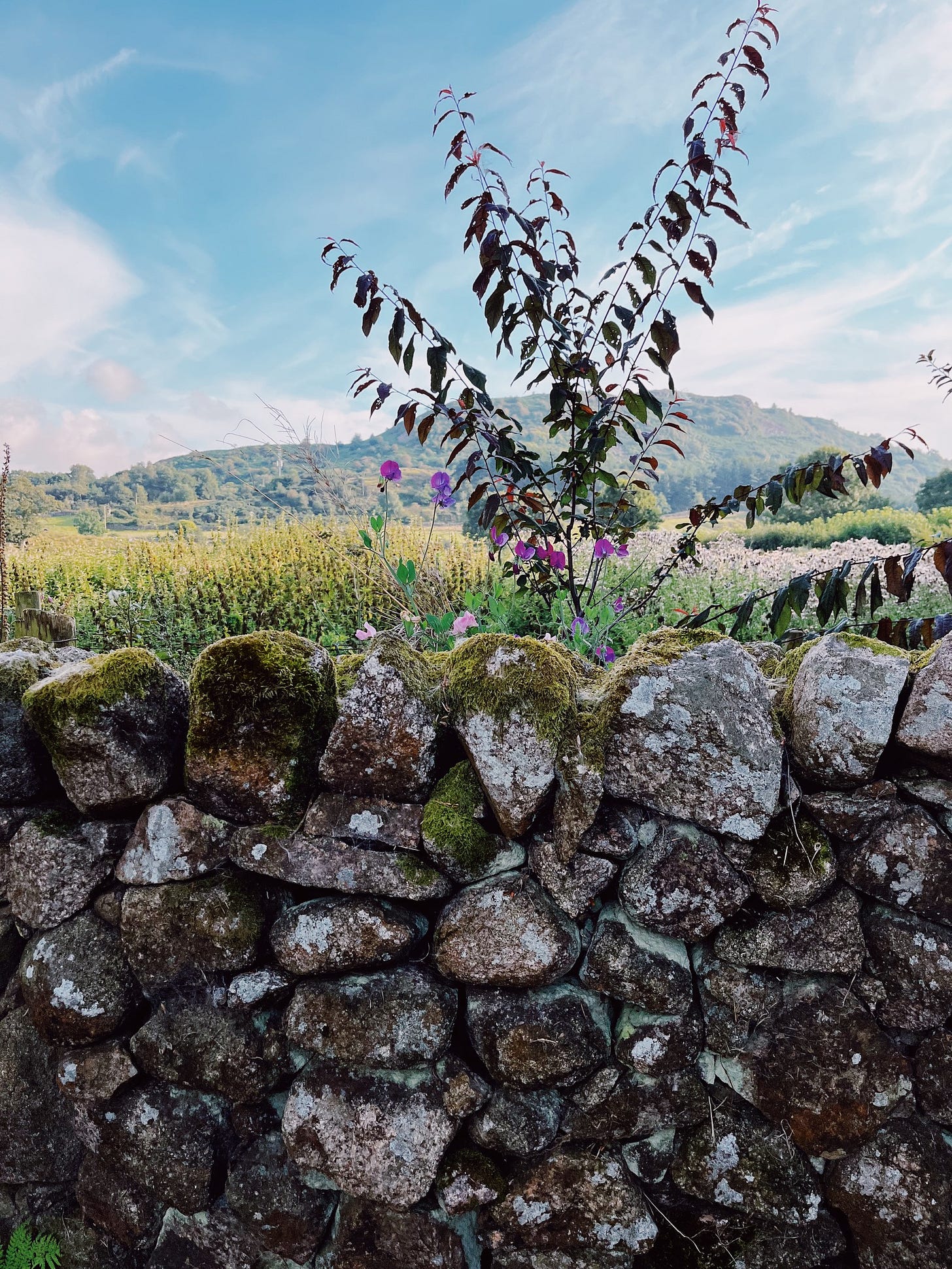

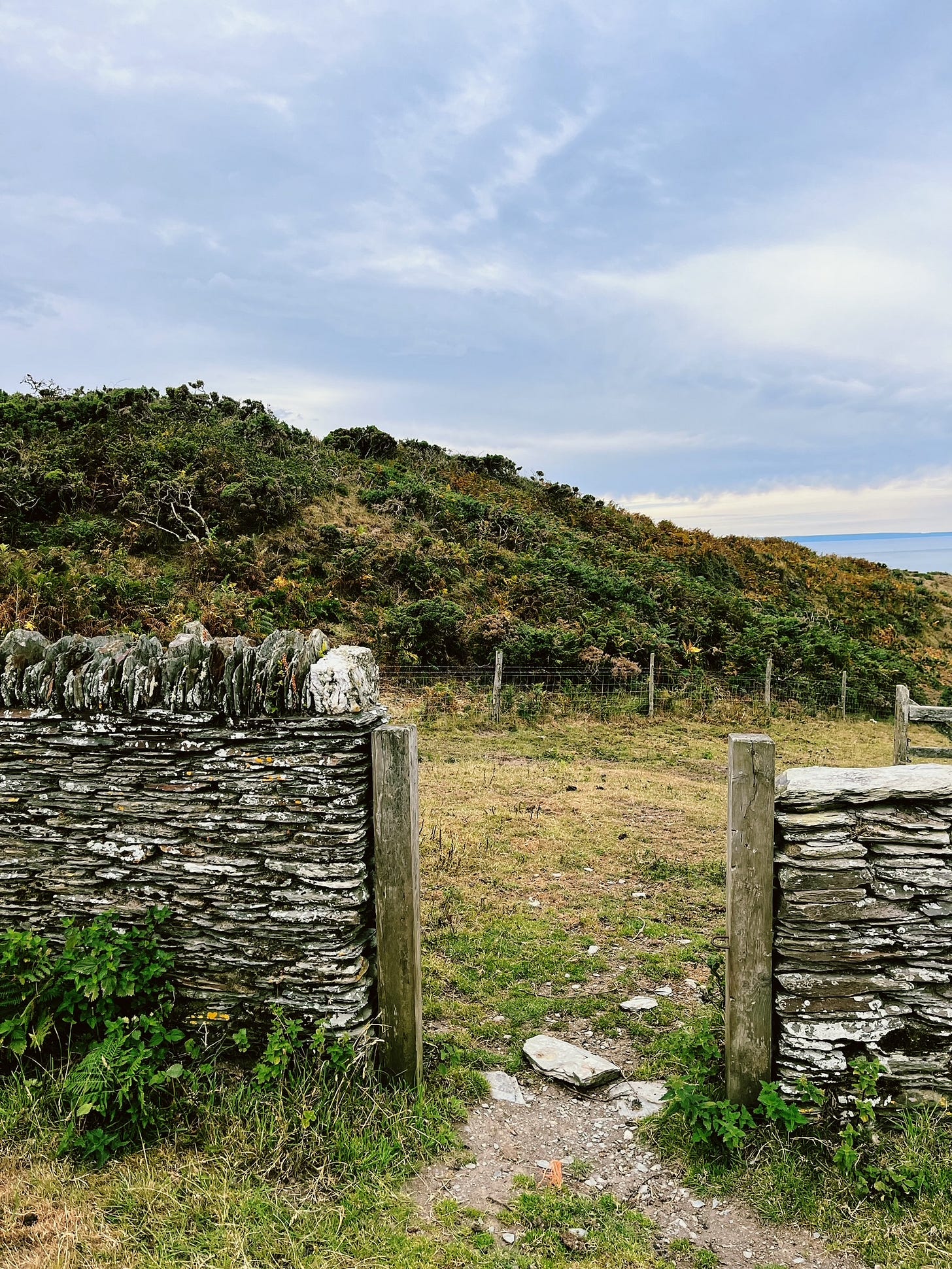
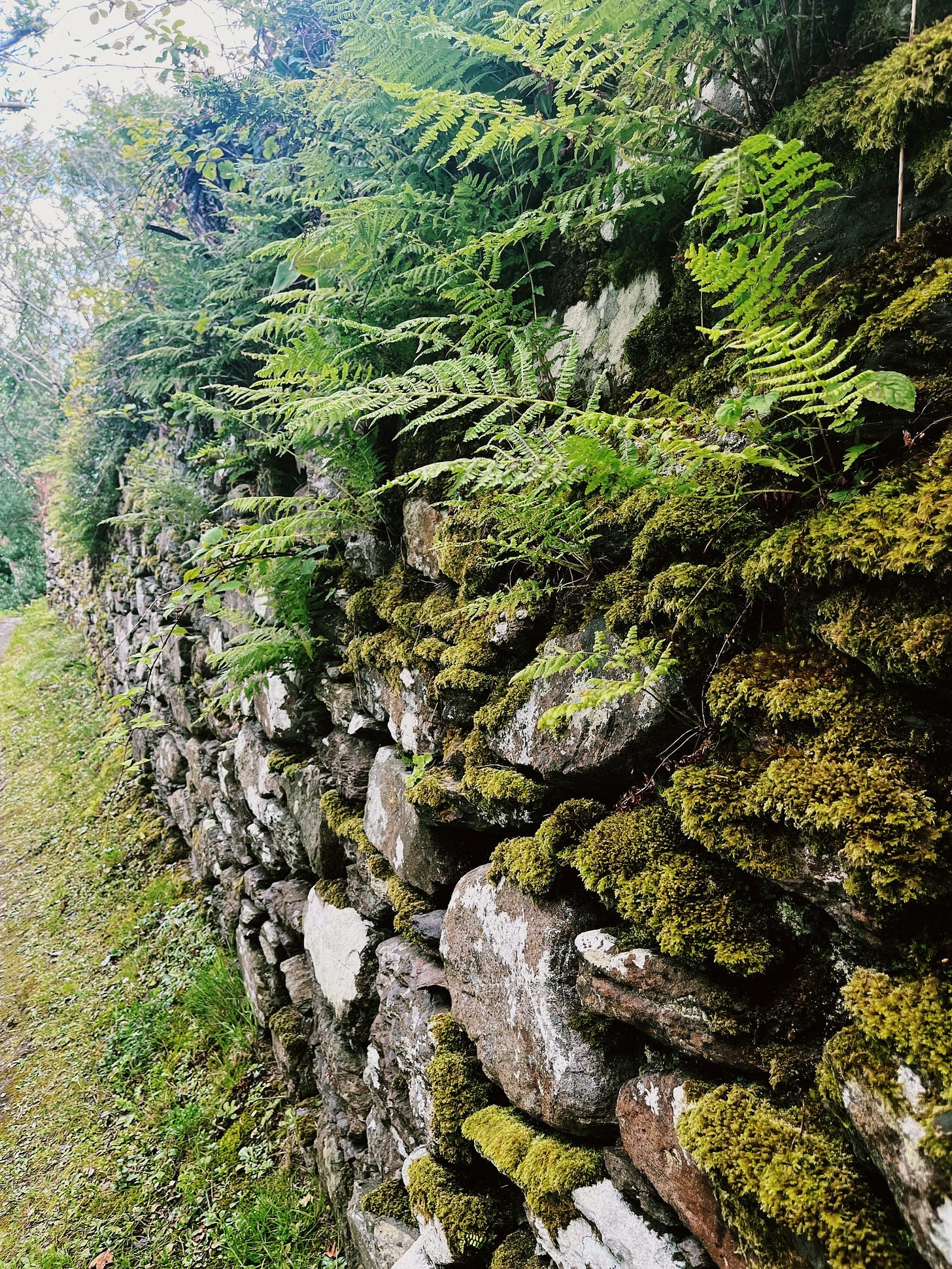
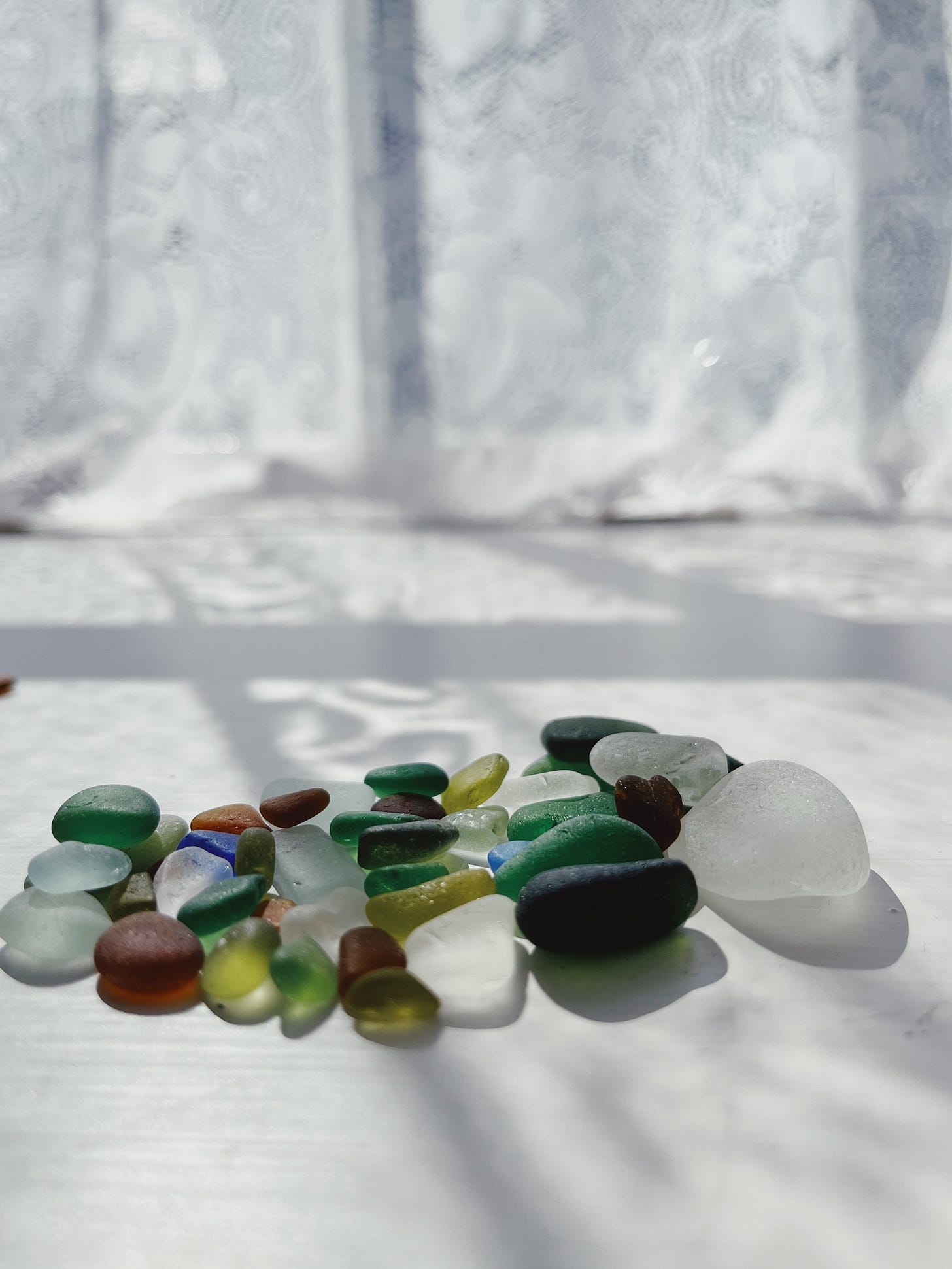


Beautiful
I love your writing, Ella. Thank you.